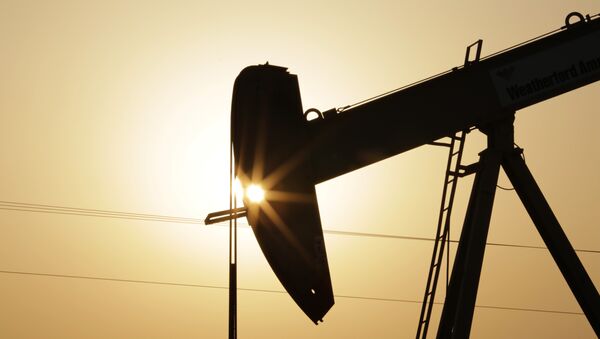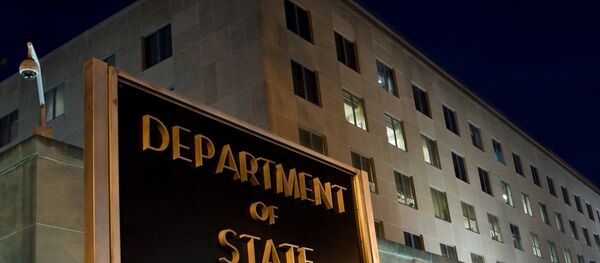In February 2016, the oil industry and energy dependent countries panicked as oil prices collapsed from a high of $145 per barrel to a low of $27 per barrel. Market analysts speculated that the collapse in oil prices would cause unrest in oil-rich countries and whiplash investors who had tossed their fortunes into speculative US shale oil fields.
Since then, oil prices have rebounded considerably. Resting just below $50 per barrel, many hope the catastrophe has been averted. But with market turmoil surrounding the recent Brexit referendum potentially sparking a global recession and the Saudi Kingdom’s pledge to continue flooding the market, many risks remain for the oil industry.
The best case scenario may be that we are now seeing a new normal, with oil prices hovering between $40 and $60 per barrel for the foreseeable future as market oversupply comes off of the market due to a wave of bankruptcies in the US shale industry. Since 2015, over 130 US oil and gas companies have filed for bankruptcy, with US and Canadian oil production sagging by over 2 million barrels per day.
The question remains whether the crash was due to a surge of new supplies that came onto the market during the boom time by countries like the US and Canada, or if the collapse in prices was part of an intentional Saudi strategy to force competitors out.
Did Saudi Arabia Crash the Market Intentionally? Likely.
In 2015, market analysts prepared for the threat of a global recession after Chinese economic data showed signs that Beijing may face headwinds in the coming years. While everybody was preparing for demand to fall, the Saudi Kingdom made a curious decision to increase oil production.
Saudi Arabia increased production by 2 million barrels of oil per day, a roughly 20% increase, with the Crown Prince demanding an additional 20% hike in oil production by 2017. Nonetheless, market watchers believed that Saudi Arabia, whose budget is based on a $66.70 per barrel oil price, would back away from pumping oil as prices started to cascade – they were wrong.
As energy analyst Marin Katusa explained on Radio Sputnik, Saudi Arabia forced US shale oil properties out of business and proceeded to purchase those same US oil sites for pennies on the dollar in bankruptcy. The Saudi Kingdom not only ravaged America’s energy renaissance, but also sought to preserve market share from Iran, no longer hindered by international sanctions in the wake of the historic nuclear deal.
On Monday, Loud & Clear’s Brian Becker sat down with Ed Hirs, the Managing Director for Hillhouse Resources, and Zafar Bangash, author of the book "The Doomed Kingdom of the House of Saud," to separate fact from fiction on Saudi Arabia’s role in the oil price meltdown, and what to expect next.
Oil Prices Made a Surprise Recovery Since February – Will it Last?
"The oil market is following the path that OPEC lined out for it," said Hirs. "If you look back at the OPEC statements in 2015, the ministers said that they would continue producing and let the attrition of supply from high cost resources slip away from the market and let the ever growing demand set the floor for the market, at which point prices would begin to increase as the excess inventory gets worked out of the system."
Hirs explained that although the collapse in oil prices has been devastating for many countries oil-based economies, the market waves have matched very closely with what oil analysts expected, with most experts predicting a rebound to well over $50 per barrel by the end of the year.
Was this a Deliberate Effort by the Saudis to Target Rivals?
Hirs said that while it could be argued that Saudi Arabia intentionally undercut the market, a separate line of thought is that the US shale oil was the last to enter an already crowded market and failed to offer competitive prices.
In support of this secondary line of thought, he pointed to oil industry models showing that for every 1% increase in oil supply, prices fall by 25%. In his estimate, consistent with previous reports from OPEC, the world oil market is oversaturated by roughly 2%, explaining at least 50% of the collapse from the high of $145 per barrel.
Zafar Bangash disagreed with the economist’s assertions that the phenomenon was solely a matter of supply and demand, arguing that Saudi Arabia fabricated the market dislocation in order to penalize the United States and Iran over the 2015 nuclear agreement.
"The Saudis were extremely upset and frightened by the agreement that Iran signed with the P5+1 countries that led to Iran coming on board with respect to their production," he said. "Iran is producing quite a substantial amount of oil on the market right now, so the Saudis were trying to punish Iran as well undercut American shale oil production because they see Iran as not only a challenger, but also as an existential threat to their hegemony in the Muslim world."
"In addition to this economic war, there is a political war, and I don’t see how the Saudis can win that, and they caused a lot of economic grief for themselves as well, with their budgets running deficits for the first time," Bangash added.
"On the one hand they have been able to undermine shale oil considerably, but on the other hand they will continue to pay the price both economically and politically."








